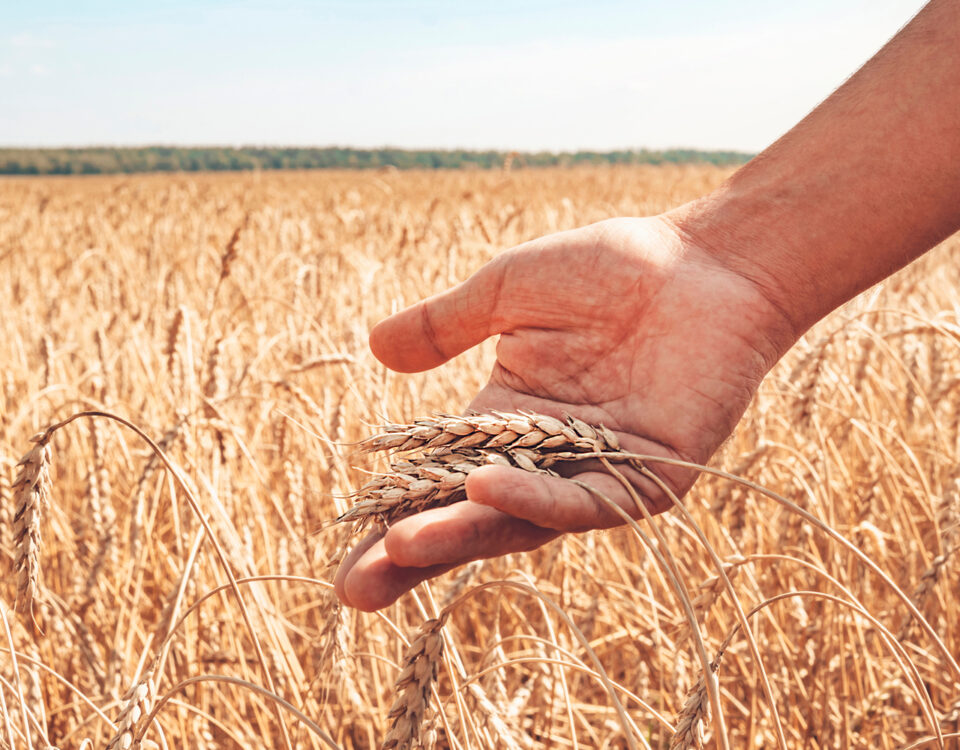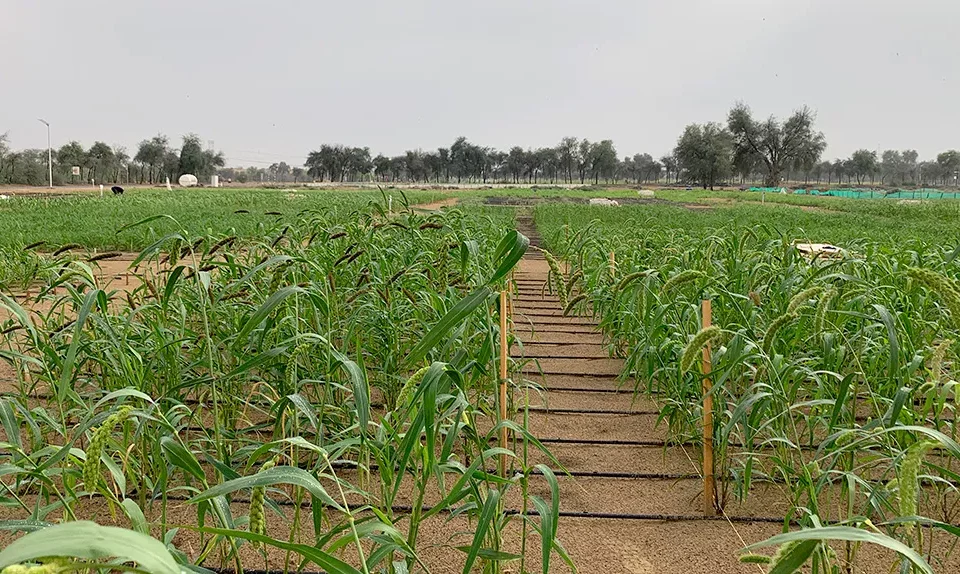
Current Trends in Hydroponic Farming: Popular Crops in Asia
August 7, 2024
Compost Fertilizer: Nature Gift for Better Yields
August 9, 2024The Impact of India’s Rice Export Limits
A year after India imposed restrictions on rice exports, global rice prices remain elevated. As the world’s largest rice exporter, India plays a crucial role in the global rice market. The export limits, introduced to safeguard domestic supply and manage inflation, have had a significant impact on international rice prices. This blog explores the reasons behind the export restrictions, their effects on global markets, and the ongoing implications for consumers and producers alike.
The Rationale Behind Export Restrictions
India’s decision to limit rice exports was driven by several factors. Primarily, the country aimed to ensure adequate rice supply for its domestic population amid rising food prices and inflation. Additionally, unpredictable weather patterns and adverse climatic conditions affected rice production, prompting the government to prioritize domestic needs over international sales. The restrictions were intended to stabilize local markets and control rising food costs, but they also led to unintended consequences on the global scale.
Global Market Repercussions
The continuation of India’s rice export limits has led to sustained high prices on the global market. Countries heavily reliant on Indian rice imports have experienced increased costs and supply shortages. The export curbs have disrupted global trade flows, creating uncertainty in international rice markets. As a result, many nations have had to seek alternative suppliers, often at higher costs, exacerbating the global food price crisis and impacting economies that depend on affordable rice.
mpact on Consumers and Producers
The elevated rice prices resulting from export restrictions have a dual impact on both consumers and producers. For consumers, particularly in rice-importing countries, the higher prices translate into increased food bills and potential shortages. On the other hand, producers in countries reliant on Indian rice face higher input costs and supply chain disruptions. This situation has led to inflationary pressures and economic strain, affecting both household budgets and national economies, particularly in regions where rice is a staple food.
oking Ahead: Possible Solutions and Future Prospects
As the export restrictions persist, stakeholders are exploring potential solutions to mitigate the impact on global rice markets. Efforts include seeking alternative rice suppliers, enhancing domestic production in importing countries, and promoting international cooperation to stabilize global food prices. Additionally, there is a growing emphasis on investing in agricultural technologies and practices that can improve rice production efficiency. By addressing these challenges and fostering global dialogue, the hope is to achieve a more balanced and resilient rice market in the future.
I wrote this blog after seeing it from another Website that I needed some help from.
to read more agriculture related blogs on the website Click here.





